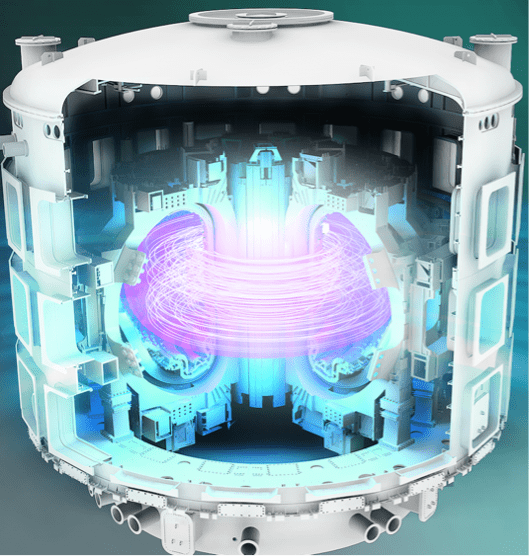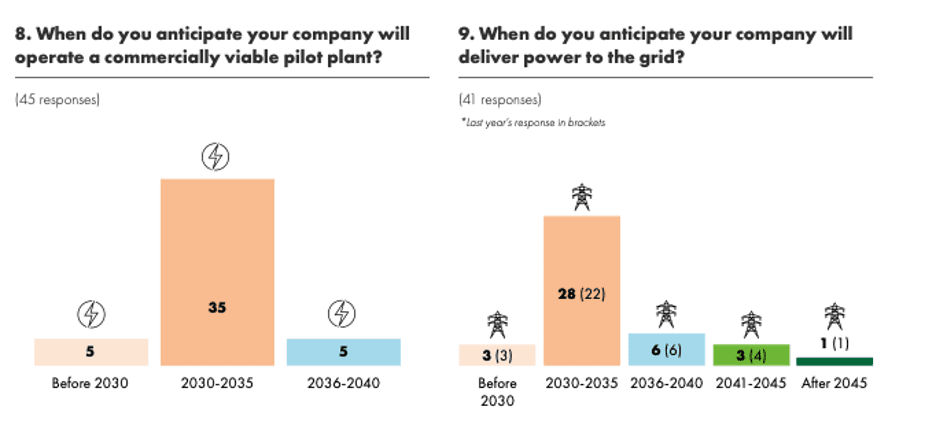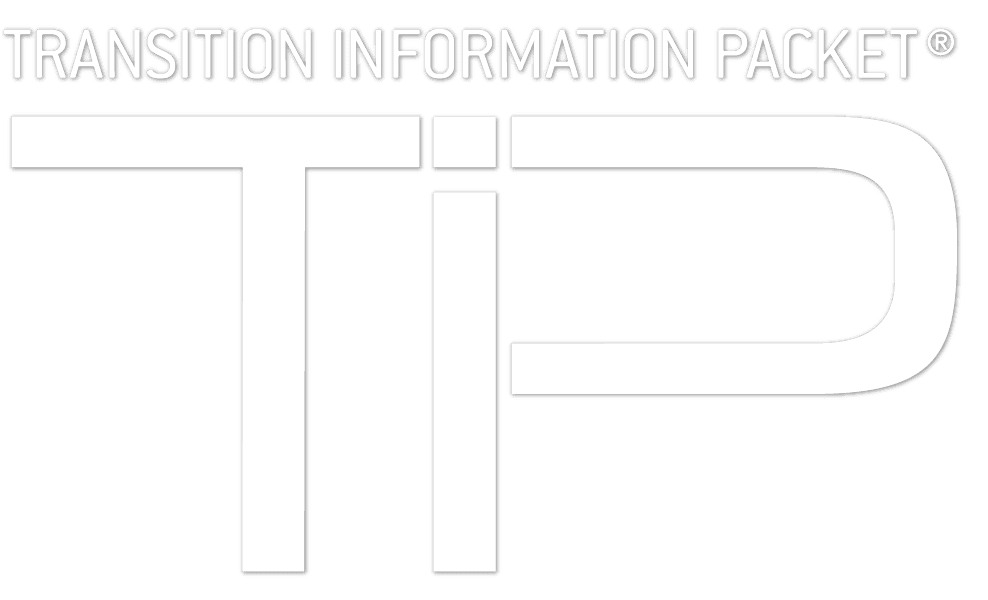What’s new in space? Over the past decade the small satellite (SmallSat) industry has made great strides with new constellations of 1000+ satellites being proposed. Governments are taking a new look at small satellites, after the platforms were embraced by commercial customers for their flexibility, speed of development, resiliency, low cost, and the ability of commercial industry to take great risks with edge technology. SmallSats are commonly categorized as having a mass less than 180 kilograms, or about the size of a large kitchen refrigerator; CubeSats are a popular class of nanosatellites that use a standard size and form factor.
Growth in these platforms is often credited with advances in micro-electronics that enabled SmallSats to maintain performance characteristics of modern spacecraft in small packages. Additionally, they are relatively inexpensive to build, test, and launch, which has enabled the production of large constellations providing imagery for defense, agriculture, business intelligence, forestry, and disaster recovery. Although these platforms began in research and academia, today the number of satellites used for science makes up a tiny fraction of the total number of SmallSats launched; the majority of small satellites are used for remote sensing or technology development.
MarketsandMarkets reports that the SmallSat market, which includes Nanosatellites, Microsatellites, Minisatellites, CubeSats, and Subsystems (Satellite Bus, Payload, Satellite Antenna, Solar Panels), is projected to grow from $2.8 billion in 2020 to $7.1 billion by 2025, at a compound annual growth rate (CAGR) of 20.5% from 2020 to 2025. Forces driving this market include the growing demand for low Earth orbit (LEO)-based services, demand for Earth observation imagery and analytics, and the growing number of space exploration missions. The Earth Observation & Remote Sensing segment is expected to be the largest and fastest-growing segment in the small satellite market due to their compact nature and high efficiency. SmallSats are capable of monitoring situations such as major weather events, natural disasters, oil slicks, environmental pollution, and industrial and power plant disasters.
CubeSats were initially used for hands-on technical training of college and university students – NASA Ames launched its first CubeSat, GeneSat, in December 2006 and by the end of 2018, 1,030 CubeSats had been launched. Today, the global CubeSat market is projected to grow from $152 million in 2018 to $375 million by 2023, at a CAGR of 19.87% from 2018 to 2023. This growth trajectory is attributed to the extensive demand of small satellite constellations, technological expansion in electronic components for CubeSats, imminent need for satellite miniaturization in the space industry, and increase in the number of space missions for academic research. BCC Research indicates that recent innovations in satellite equipment and services enable the CubeSat technology to reach a wider segment of consumers in the industry. Furthermore, advances in subsystems have enabled CubeSats to reach a wider segment of consumers in the satellite industry through relatively low-cost CubeSats capable of providing nearly equivalent service to the traditional big satellites already used by government agencies and industry. These factors are expected to increase competition in the near future as well as facilitate the utilization of CubeSats for new and diverse applications. However, industry experts believe that COVID-19 could affect small satellite production and services by 10% globally in 2020.
The commercial segment is expected to have the largest share of end users by 2025 due to the increasing involvement of private players in the global space industry – given that small satellites are cheaper, faster to build, and can be launched for commercial purposes their reach has expanded beyond academics and research missions. The geospatial technology using Earth-imaging small satellites for agriculture, education, intelligence navigation, mapping, and other uses has driven the commercial sector over the past decade.
The Committee on Space Research (COSPAR) is an international, interdisciplinary scientific body carrying out a variety of scientific investigations with space vehicles, rockets and balloons. In late 2019 the Small satellites for space science: A COSPAR scientific roadmap was published, “to advance the frontiers of science through innovation and international collaboration using small satellites.” In the U.S., NASA’s SSTP develops and demonstrates new small spacecraft technologies and capabilities for NASA’s missions in science, exploration, and space operations. The program promotes the small spacecraft approach as a paradigm shift for NASA and the larger space community. While industry has been quick to adopt the use of SmallSats and CubeSats, the U.S. military is also planning to enter this space with new technologies expected in the 2020 timeframe. The SmallSat Alliance is made up of innovative companies developing, producing, and operating in all segments of the next generation space economy that is working to further the reach of this industry and leverage government support.







